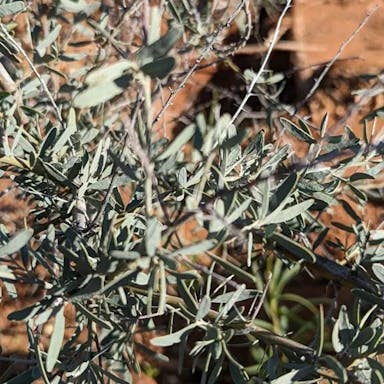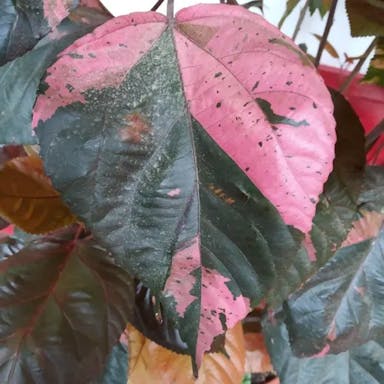The Chinese-quince, with scientific designation Pseudocydonia sinensis, necessitates a particular watering routine for prosperity. In the maturing time, traversing springtime until early fall, the Chinese-quince beseeches profound watering, once every seven until ten days. This sanctions the water to infiltrate the root locale, promoting salubrious augmentation. The quantity of water requisite per watering session ought to be around 1 inch (2.5 cm).
Contrastingly, in the dormant occasion, manifesting in late fall and winter, the Chinese-quince claims attenuated watering frequency. It is preponderant to decrease the frequency to once every two until three weeks, as the flora's water prerequisites decline in this period. However, it is crucial to monitor the dirt moisture elevations to assure it does not become excessively arid.
To preserve ideal dirt moisture, it is recommended to check the soil humidity anterior to watering. This could be accomplished by embedding a finger into the soil up to the second knuckle. If the soil experiences arid at this profundity, it is an indication hydration is requisite. However, if the soil feels humid, it is advisable to bide before watering again to inhibit overwatering.
By ensuing these watering guidelines, the Chinese-quince could thrive and demonstration its aesthetic florets and fruits.











